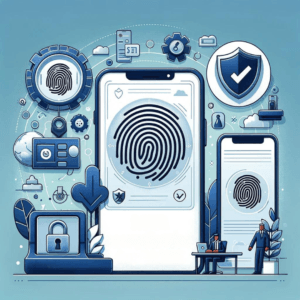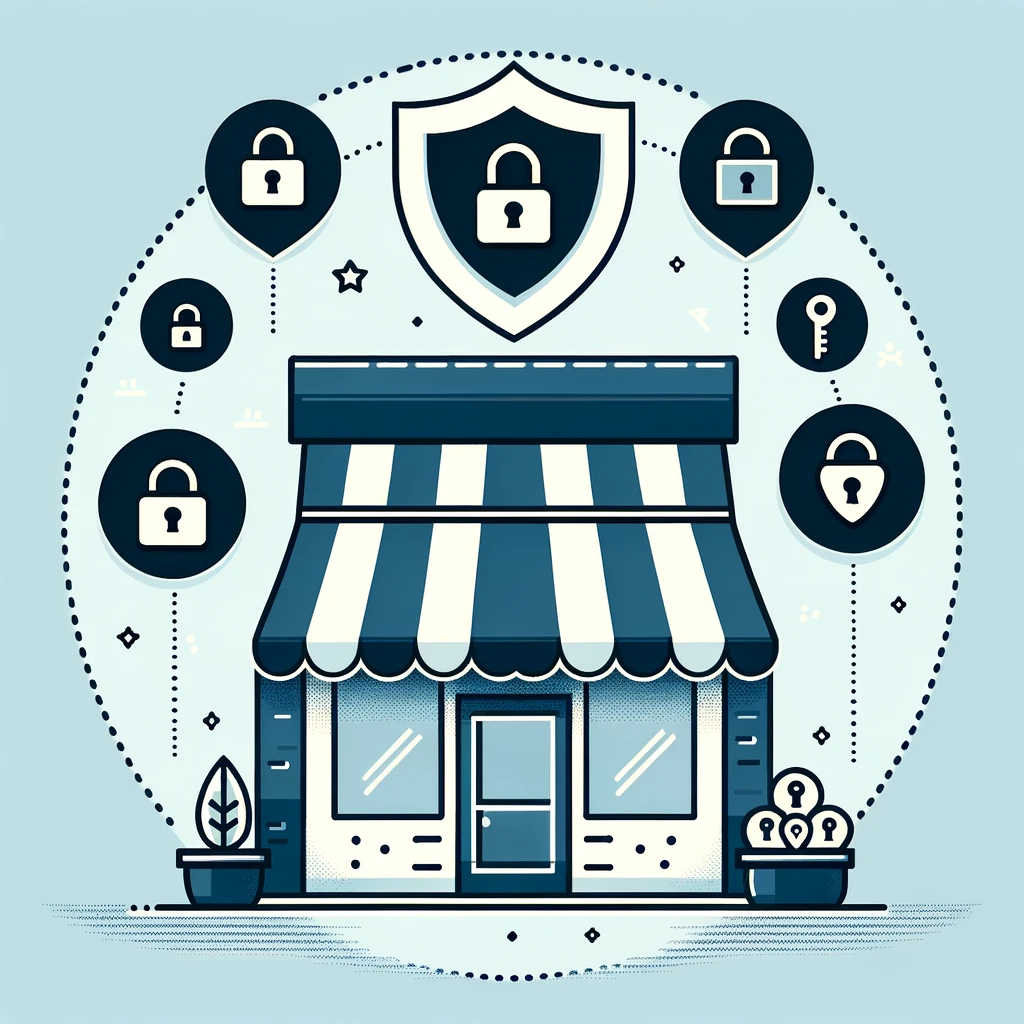You’re likely aware that protecting your business data isn’t just best practice – it’s crucial in today’s digital landscape. Multi-Factor Authentication (MFA) is one of the strongest tools in your arsenal. It’s deceptively simple: MFA safeguards access by requiring multiple proofs of identity. Think of it like adding an extra lock to your front door. Let’s explore MFA compliance for SMEs.

But why should compliance to MFA standards matter to you? It’s about more than just setting up another hurdle for hackers. Your adherence showcases a commitment to security to partners, clients, and regulatory bodies. It communicates that you’re serious about your role in the larger digital ecosystem.
Key Takeaways
- Enhance Security: MFA adds an extra layer of protection against unauthorized access.
- Build Trust: Compliance with MFA standards signals your commitment to security to clients and partners.
- Cost-Effective: SMEs can implement MFA without significant investment or extensive IT infrastructure.
- Ongoing Compliance: Regular audits and updates ensure continued adherence to security best practices.
If you’re operating a small or medium-sized enterprise (SME), integrating MFA can seem daunting. Yet, transiting into MFA is not just about ticking off a checkbox. It brings tangible benefits, such as reducing the risk of data breaches and enhancing customer trust – critical components to your brand’s integrity and continuity.
Let’s clear up some common misunderstandings. You don’t necessarily need a vast IT department or hefty investments to comply with MFA standards. What’s key is understanding specific MFA types, such as biometrics or SMS verification, and discerning which fits your needs and complies with prevailing security regulations.
Having laid this foundation, the next consideration for an SME is HOW to put this knowledge into action. The subsequent section will guide you in developing a sound MFA strategy that aligns with your business objectives and secures your operations without bottlenecking efficiency.
Developing a Strategy for MFA Implementation
A well-thought-out strategy is essential for successfully integrating multi-factor authentication within an SME. It’s not just about technology; it’s about revamping how your organization views and handles security. The first step is to gauge your current security setup. Where does your business stand? Are you using simple passwords, or do you have an outdated MFA system that needs an overhaul?
Once you understand your present situation, sketch an MFA implementation plan. Consider your specific business needs, the sensitivity of the data you’re protecting, and the types of MFA options available. There’s no one-size-fits-all solution, so customize your approach.
Selecting the right MFA solution is crucial. There’s a variety of tools out there – from SMS codes and email links to biometrics and hardware tokens. Cost, ease of use, and security level should guide this decision. Remember, what works for a multinational might be overkill for your SME.
You’re not just implementing a tool; you’re fostering a new mindset. Train your team. Explain why MFA matters and how to use it. Make it clear that everyone plays a vital role in keeping the business safe. When MFA becomes a part of your culture, compliance becomes far easier to achieve and maintain.
Achieving and Maintaining MFA Compliance for SMEs
Achieving compliance with Multi-Factor Authentication (MFA) is a critical step, but maintaining it is equally important. SMEs must not only meet the initial standards but also ensure ongoing adherence to stay secure.
Regular audits are the cornerstone of compliance maintenance. These help identify gaps and areas for improvement before they become liabilities. Audits should be scheduled routinely and after any major changes to the IT environment.
Documentation and record-keeping can’t be an afterthought. These form the bedrock of compliance practices. All processes related to MFA should be documented meticulously, including user access levels, authentication methods, and any policy changes.
Security policies must evolve with the changing digital landscape. They should be reviewed and updated regularly to incorporate new MFA standards and respond to emerging threats. This proactive approach can keep SMEs a step ahead.
Moreover, a philosophy of continuous improvement in security measures is vital. It encourages a responsive and adaptable approach, enabling SMEs to swiftly adjust their MFA practices in line with technological advancements and shifting regulatory demands.
Integrate these practices, and compliance becomes part of your operational rhythm. MFA then transforms from a checklist item into a dynamic framework that supports the growth and resilience of your enterprise.
With a solid foundation in MFA compliance, we can now turn our attention to the challenges it presents. In the next section, I’ll cover how to handle user resistance, balance security with user experience, and tackle the technical hurdles, ensuring your MFA strategy performs under pressure.
Navigating the Challenges of MFA in an SME Environment
Integrating MFA into the daily operations of a small or medium-sized business isn’t without its hurdles. Yet, overcoming these barriers is not only doable but essential for safeguarding your enterprise. It’s about striking the right balance between heightened security and user accessibility.
Resistance from staff can often be the first bump in the road. It’s important to communicate WHY MFA is critical and HOW it will protect both personal and company data. This transparency can turn reluctance into cooperation.
There’s also the challenge of maintaining a smooth user experience. SMEs must select an MFA system that is efficient and easy to use to minimize disruptions. Choose solutions that integrate seamlessly with your current systems and don’t slow down everyday tasks.
Technical integration of MFA systems can be daunting for SMEs. It’s crucial to plan adequately, which might include sourcing expertise externally. Your aim should be to make this transition as smooth as possible, ensuring help is on hand when needed.
Lastly, plans for business continuity must be addressed. In the event of an MFA-related issue, have a clear contingency strategy in place. This might mean having backup authentication methods or swift support systems to keep business uptime at its peak.
Frequently Asked Questions
What is Multi-Factor Authentication (MFA)?
MFA requires multiple forms of verification to access a system, enhancing security beyond just a password.
Why is MFA important for SMEs?
MFA significantly reduces the risk of data breaches, protecting sensitive information and building trust with clients and partners..
How can SMEs implement MFA without a large IT department?
SMEs can choose user-friendly MFA solutions like SMS verification or app-based authentication that don’t require extensive technical expertise.
What types of MFA are available?
Common MFA methods include SMS codes, email verification, biometric scans, and hardware tokens.
How often should SMEs audit their MFA compliance?
Regular audits should be conducted, ideally quarterly, and after any significant changes to the IT environment to ensure ongoing compliance.
What are the benefits of MFA compliance beyond security?
MFA compliance can improve customer trust, meet regulatory requirements, and enhance the overall reputation of your business.

Experienced cybersecurity analyst, software engineer, patent attorney, worked with Linux, Windows, AWS, lots of security tools. Hope to help people do the right things and do the things right!


